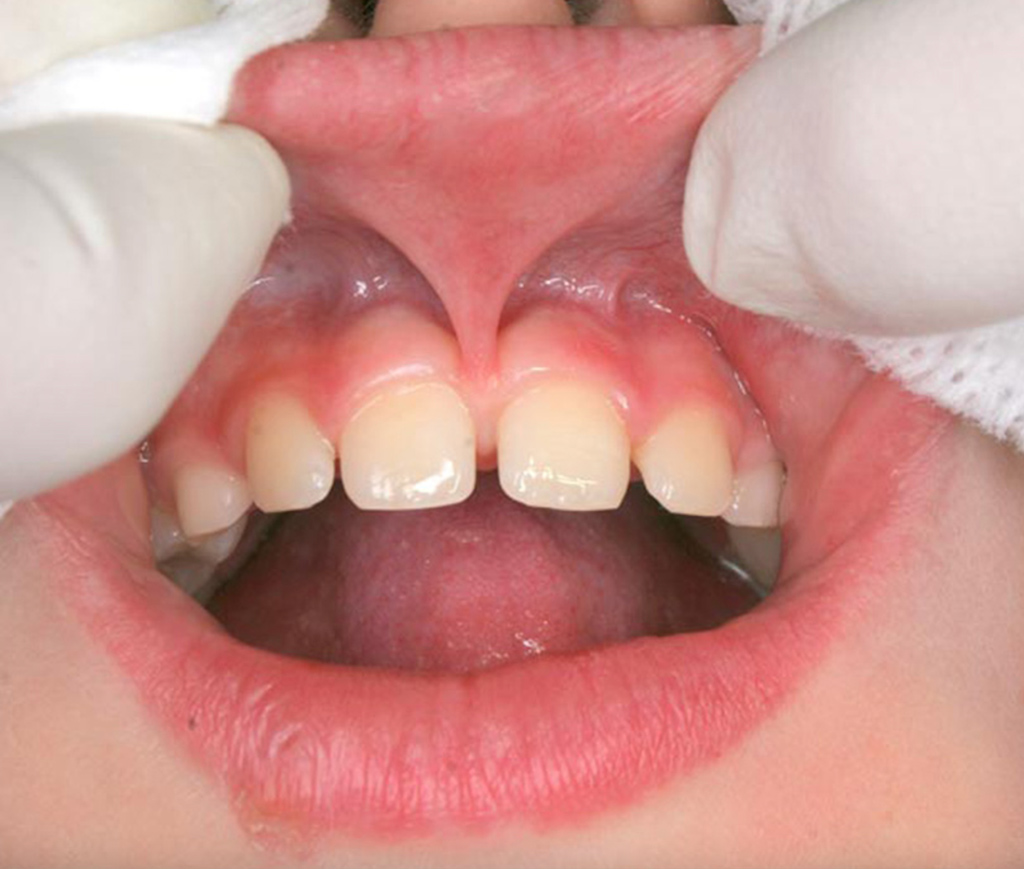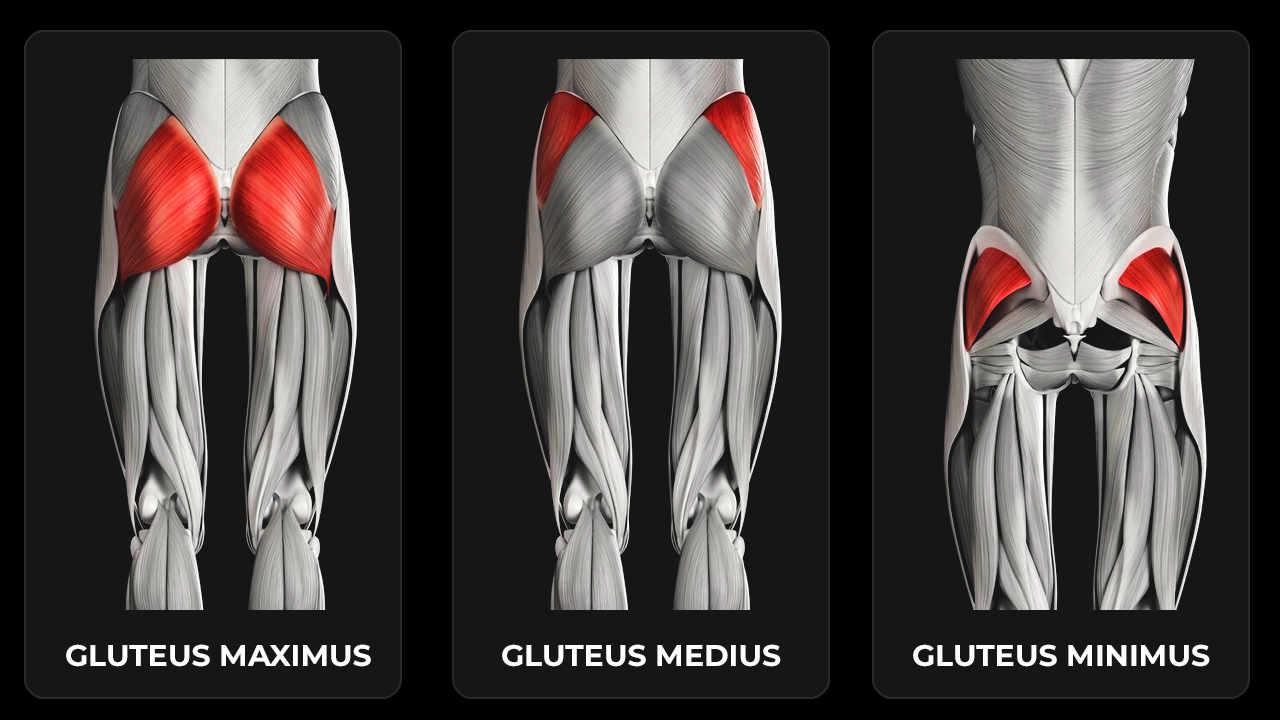Introduction: While lip tie is commonly associated with infants, it can persist into adulthood and pose challenges to oral health and function. Adult lip tie, characterized by a tight or thickened upper lip frenulum, can lead to various symptoms and complications if left untreated. In this article, we delve into the world of adult lip tie, exploring its causes, symptoms, and available treatment options.
Understanding Adult Lip Tie: Adult lip tie, also known as upper lip frenulum attachment, occurs when the band of tissue connecting the upper lip to the gums is abnormally thick, tight, or extends too far down towards the gum line. This condition can restrict the movement of the upper lip and affect various oral functions such as speech, oral hygiene, and oral comfort. While lip tie is often addressed in infancy, it can persist into adulthood and present challenges for individuals later in life.
Causes of Adult Lip Tie: The causes of adult lip tie are similar to those in infants and may include genetic factors, developmental anomalies, or trauma to the mouth area. In some cases, a lip tie that was not addressed in childhood may persist into adulthood and become more pronounced over time. Additionally, certain oral habits or behaviors, such as prolonged bottle-feeding or thumb sucking, may contribute to the development or persistence of lip tie in adults.
Symptoms of Adult Lip Tie: Adults with lip tie may experience a variety of symptoms, including:
- Difficulty with Oral Hygiene: A tight or restrictive lip tie can make it challenging to properly clean the teeth and gums, increasing the risk of dental decay and gum disease.
- Speech Difficulties: A restricted range of motion in the upper lip may affect speech articulation, leading to difficulties with certain sounds or pronunciations.
- Oral Pain or Discomfort: Some adults with lip tie may experience discomfort or pain in the mouth area, particularly when speaking, eating, or performing activities that involve lip movement.
- Gum Recession: In severe cases, a tight lip tie may contribute to gum recession or contribute to the formation of a gap between the upper front teeth.
Diagnosis of Adult Lip Tie: Diagnosing adult lip tie typically involves a thorough examination of the oral cavity by a dentist or oral healthcare provider. They will assess the appearance and mobility of the upper lip frenulum and evaluate any associated symptoms or functional limitations. In some cases, additional imaging studies or diagnostic tests may be recommended to assess the extent of the lip tie and its impact on oral health and function.
Treatment Options for Adult Lip Tie: Treatment options for adult lip tie may vary depending on the severity of the condition and the individual’s symptoms. Some possible interventions include:
- Frenectomy: A frenectomy is a minor surgical procedure that involves releasing or removing the tight or thickened upper lip frenulum. This procedure can be performed using a scalpel, laser, or other surgical instruments and is typically done under local anesthesia. Frenectomy helps to improve lip mobility and alleviate associated symptoms such as speech difficulties and oral discomfort.
- Myofunctional Therapy: Myofunctional therapy involves exercises and techniques designed to improve oral muscle strength, coordination, and function. It may be recommended as a complementary treatment for adults with lip tie to optimize outcomes and promote oral health. Myofunctional therapy can help individuals improve their lip mobility, speech articulation, and overall oral function.
- Orthodontic Intervention: In cases where lip tie contributes to dental issues such as gap formation or gum recession, orthodontic treatment may be recommended to address these concerns and optimize oral alignment and function. Orthodontic interventions such as braces or aligners can help to correct dental misalignment and improve overall oral health and aesthetics.
Conclusion: Adult lip tie can present various challenges to oral health and function, affecting aspects such as speech, oral hygiene, and overall comfort. However, with proper diagnosis and treatment, individuals with lip tie can experience improvements in their oral health and quality of life.
If you suspect you have adult lip tie or are experiencing symptoms related to lip restriction, it’s essential to consult with a qualified dentist or oral healthcare provider for evaluation and personalized treatment recommendations. By addressing adult lip tie proactively, individuals can take steps towards optimizing their oral health and well-being.



